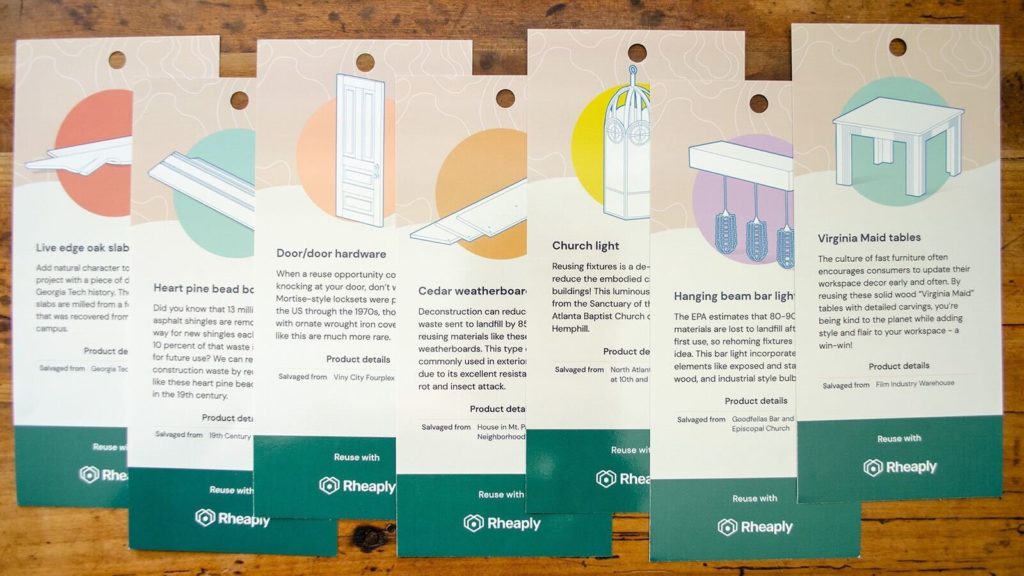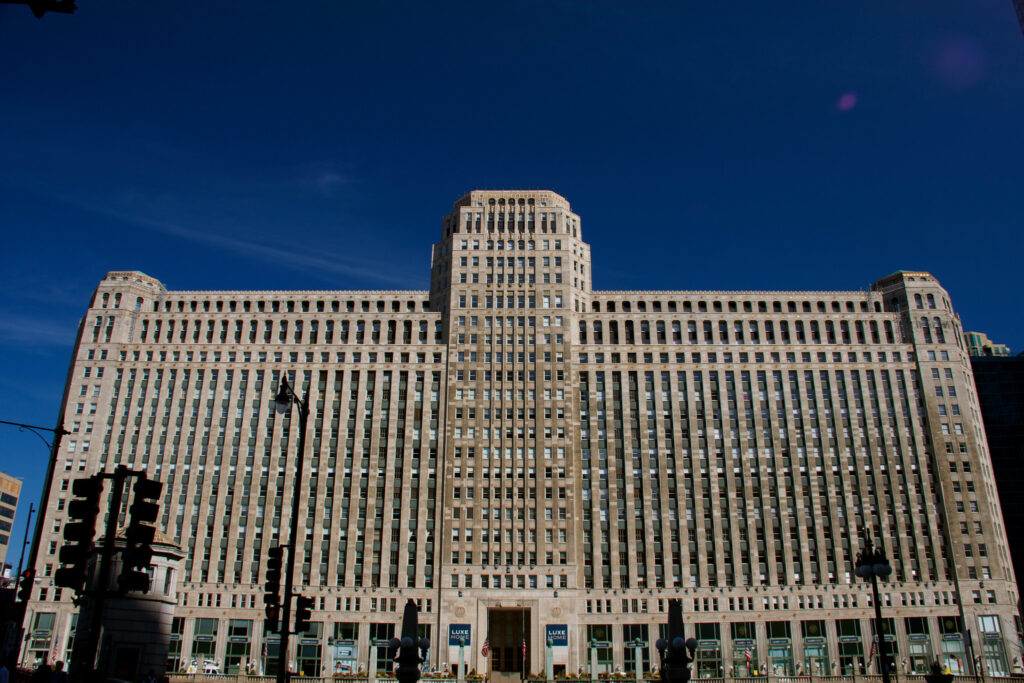Investment recovery is not just about disposing of surplus assets, saving money, or generating revenue. The field of investment recovery is becoming a strategic focus to help organizations reduce carbon emissions and reach their sustainability goals. With a smarter approach to investment recovery, enterprises can embrace the future of clean tech and be leaders in the circular economy.
What is investment recovery?
Investment recovery is a business process that is dedicated to re-using, repurposing, donating, selling, or disposing of unused or surplus assets. Anything that a company or organization has that is not actively being used by the enterprise, such as extra materials, facilities, buildings, equipment, or other physical assets, can be part of the investment recovery process.
A primary goal of investment recovery professionals is to manage the process of disposing of these unused assets in a way that maximizes ROI: they want to recoup or “recover” as large of a share of the assets’ original value as possible. For example, a company might have spent $500,000 on a large piece of capital equipment which has reached the end of its useful life. The company’s investment recovery team might set a goal of selling that asset for 10% of the book value, or 10 cents on the dollar.
Investment recovery process
Investment recovery teams often work with business partners such as resellers, scrap dealers, auction houses, or nonprofit organizations that accept donations of surplus assets.
A typical investment recovery process goes through several stages:
- Identification: Investment recovery teams begin the process by making an inventory of unused materials, extra equipment, and surplus assets.
- Evaluation: Teams assess the various surplus items to evaluate their potential market demand, assign a potential value or sale price, and decide how to handle what’s next – such as selling, repurposing, reusing, or recycling resources.
- Planning: At this stage, investment recovery teams make a plan for how to recover the most value from the surplus assets, such as finding prospective buyers, choosing a recycling or recovery facility, and creating a timeline of milestones and next steps.
- Recovery: This stage involves the actual transaction of the assets: selling items to an external buyer, sharing or repurposing the items within the organization, recycling the assets, or sending them to a landfill.
- Tracking and Reporting: Once the surplus assets are gone, investment recovery teams need to document the value recovered (such as revenue from external sales), track the environmental impact of the process (such as amount of materials diverted from a landfill), and record any learnings to help improve future recovery efforts.
Every stage of the investment recovery process offers opportunities to improve sustainability and create value for your organization. Rheaply can help at every stage of the process, such as by tracking and reporting your organization’s cost savings, embodied carbon avoidance, category analysis, and more.
How investment recovery can help with sustainability and carbon emissions
In a traditional approach to investment recovery, many companies focused on selling their surplus assets or disposing of them, such as by putting them in a landfill. If surplus assets could not be converted into cash, they were often considered to be worthless – and were thrown away.
But in recent years, more organizations are taking a sustainability-focused approach to investment recovery. By reducing the amount of surplus materials that go to a landfill, by getting strategic about reusing, recycling, sharing, donating, or repurposing their surplus assets with external partners and internal customers, investment recovery can help companies with reducing carbon emissions and creating a circular economy.
Surplus assets don’t have to go to waste, and don’t have to go to the landfill. Instead, with a sophisticated approach to circularity, companies and public sector organizations can use investment recovery to unlock additional value from what used to be considered “waste.” By thinking more broadly about investment recovery, companies can become leaders in sustainability and build a circular economy – in ways that are good for the planet, and good for the company’s bottom line.
Investment recovery and the circular economy
For most of the past 250 years since the Industrial Revolution, the traditional approach to economics and business has been based on an industrial “linear” economy: “take, make, and dispose.” In a linear economy, companies take resources and raw materials, make products, and then the products are consumed and disposed of as waste.
It’s been broadly accepted as conventional wisdom that the economy should produce waste, garbage, discarded packaging, and environmental pollution. Every company and industry just has to generate used-up products that are not worth keeping, that have no more value or usefulness, and that can be thrown away. This is a necessary, unavoidable byproduct of human progress – right?
But what if there was a better way? That’s how the circular economy is totally different. Instead of a linear industrial process that ends with waste, in a circular economy, waste is not “waste” at all. In a circular economy, waste has economic value. A circular economy keeps resources in use for as long as possible, through strategies like designing products for easier reuse and recycling, using renewable energy, and sharing and leasing resources.
Investment recovery professionals can create a circular economy within their organizations by achieving smarter usage of assets, conserving resources, reusing and repurposing assets, extending the lifetime value of assets, and reducing waste.
Learn about Rheaply’s end-to-end circularity solution for investment recovery specialists

Better investment recovery begins with resource visibility
At Rheaply, we believe that resource visibility is the foundation of transforming the investment recovery process and building a circular economy. By creating a digital catalog of your organization’s assets, you gain better visibility to understand exactly what workplace resources and unused assets you already have within your organization.
This helps your investment recovery team and their business partners to make better-informed business decisions, such as:
- Putting idle assets to work: Many organizations don’t realize how much money they’re leaving on the table (sometimes literally in the form of unused office tables) in empty office spaces and overcrowded warehouses.
- Reducing duplicate purchases: Why buy new equipment if you can save money by using the extra equipment that you already have?
- Enhancing your sustainable procurement practices: Understanding the full picture of your organization’s workplace resources and unused assets can help you re-evaluate your supply chain and make better-informed decisions in procurement operations – such as improving the sustainability of your supply chain, choosing to purchase recycled materials instead of new, and purchasing from suppliers that are higher-performing on ESG metrics.
- Maximizing value of your inventory: Someone wants to buy your unused assets and surplus equipment; understanding which assets you have available is the first step; then Rheaply can help you connect with buyers via an ecosystem of resource exchange partners.
- Reducing carbon emissions: Every time you can reuse or repurpose an asset or piece of equipment, you avoid creating new carbon emissions by manufacturing and buying a new product. This is called “embodied carbon,” and it can help you reduce carbon emissions to support your company’s Net Zero sustainability goals.
Investment recovery benefits for the planet and your organization
Creating a circular economy is not just a “nice thing to do” or something for environmentalists to care about; there is huge business value waiting to be unleashed by achieving circularity. Companies are sitting on a gold mine of unused and underutilized assets – approximately $630 billion of unused asset capacity in the U.S. alone. By 2030, the economic output of the circular economy is expected to reach $4.5 trillion worldwide.
Investment recovery is not just a back office supply chain function; it’s the new “cleantech.” In the same way that governments, companies, and investors are putting significant resources into boosting clean energy and reducing carbon emissions, investment recovery can be part of this boom in climate solutions. Organizations across industries have a strategic imperative to unleash innovation and ROI just by getting smarter about how to manage the unused assets and surplus equipment that they already have.
What if your company’s next successful investment could come from unused assets that you already paid for? What if your company’s “waste” could become revenue? That’s the untapped business potential of investment recovery and the circular economy. Investment recovery professionals have a huge opportunity to raise their profile as industry leaders, unlock massive ROI for their organizations, and help drive innovation and progress on humanity’s biggest challenge: fighting climate change.


